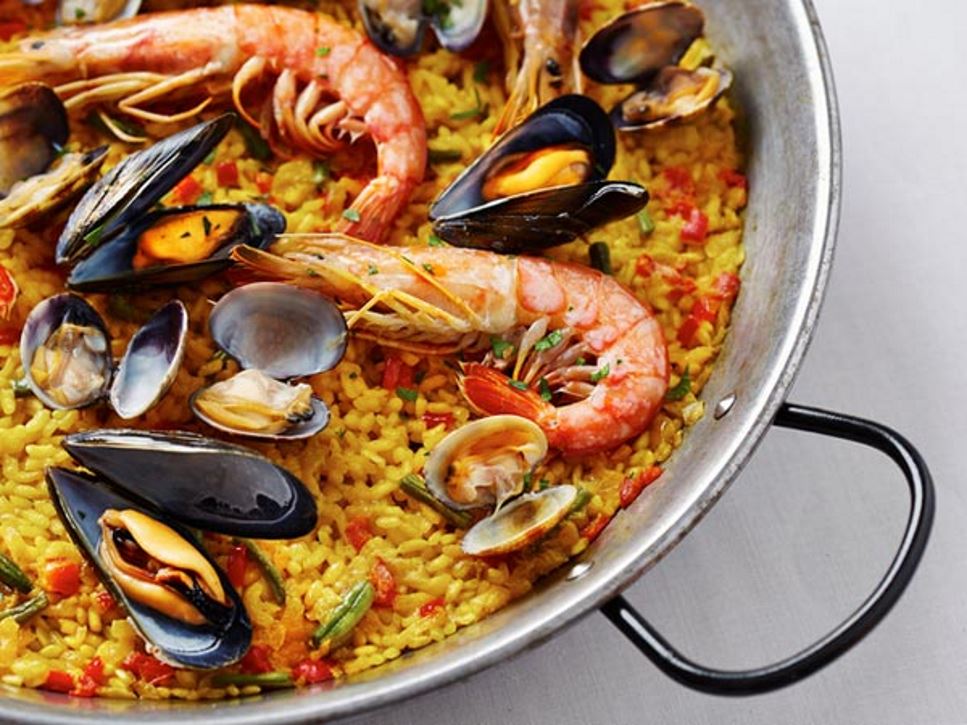Proper handling of seafood can greatly reduce your risk of food poisoning. Keep the following safety tips in mind when buying, storing and preparing seafood.
Buying
- Buy fish from reputable sources such as grocery stores and seafood markets.
- Purchase fresh fish only if it is properly refrigerated (below 40°F) or displayed on a thick bed of frozen ice.
- Check to see that flesh is shiny and firm, not separating from the bone, and odor is fresh and mild, rather than overly "fishy."
- Be aware of possible cross-contamination of cooked and raw seafood if displayed in the same case.
- Make sure packaged seafood is well-packed in ice and packages are tightly sealed and free of tears.
- Avoid packages of frozen seafood containing ice crystals. This is a sign the seafood has previously thawed and been refrozen.
- Pick up seafood toward the end of your shopping trip and ask to have it bagged separately from other groceries.
Storing
- Refrigerate or freeze seafood immediately after purchasing by wrapping it in cellophane or placing in an air-tight containers.
- Store fresh, pasteurized or smoked seafood products in a refrigerator set at or below 40°F. Use a refrigerator thermometer to check the temperature.
- Store live clams, oysters, mussels, crabs, lobsters and crayfish in a refrigerator, in well-ventilated containers and cover with a damp cloth or paper towel. Place container in a second bowl filled with ice and store on the bottom shelf of the refrigerator.
- Use fresh seafood within two days after purchase or wrap up tightly and freeze it.
- Store frozen seafood in a freezer set at or below 0°F until ready to use. Keep it in the original moisture and vapor-proof packages.
Preparing
- Keep raw and cooked seafood separate to avoid cross-contamination.
- Use two separate cutting boards, one for raw seafood and the other for cooked seafood.
- Thoroughly wash your hands, utensils, plates and cutting boards that have touched raw seafood.
- Defrost frozen seafood in the refrigerator, under cold running water or in the microwave. Never defrost seafood on the counter.
Cooking
- Cook fish to 145°F or until it is opaque and flakes easily with a fork.
- If cooking live mussels, clams or oysters, discard any shells that do not open during cooking.
- Pregnant individuals, older people, young children and people with weakened immune systems should avoid raw seafood such as:
- Sushi or sashimi
- Raw shellfish (oysters, clams, scallops, mussels or ceviche)
- Seafood ordered undercooked or "rare" such as tuna carpaccio
- Refrigerated smoked seafood, such as salmon, cod, trout, tuna or mackerel, these are usually labeled as "novo-style," "lox," "kippered," "smoked" or "jerky."
Find a Nutrition Expert
Looking for credible nutrition information and recommendations? The Academy of Nutrition and Dietetics' network of credentialed food and nutrition practitioners are ready to help!
